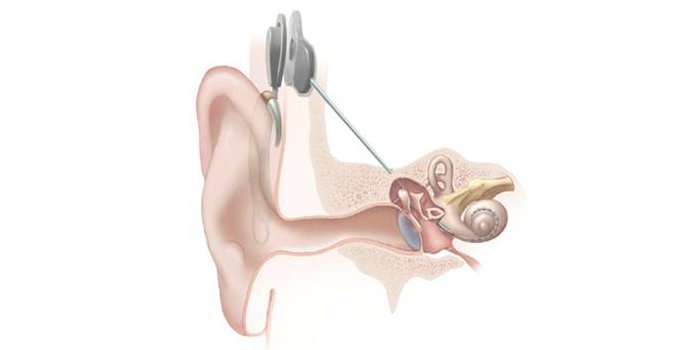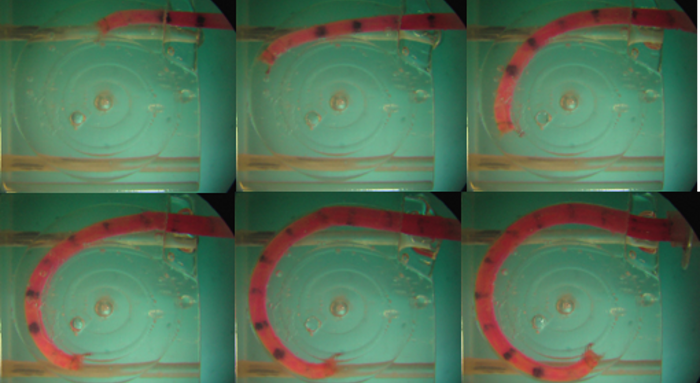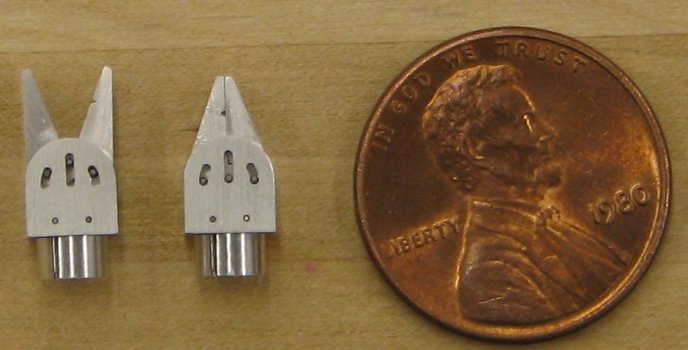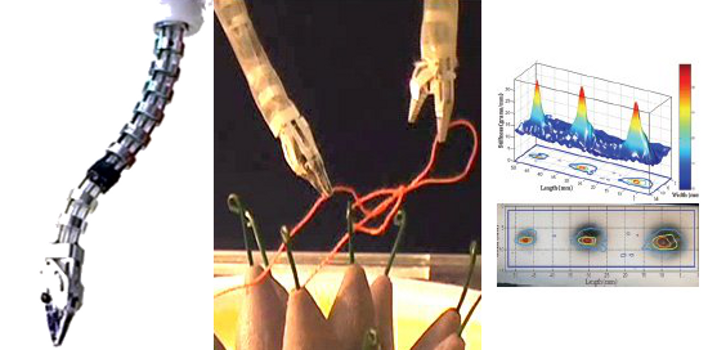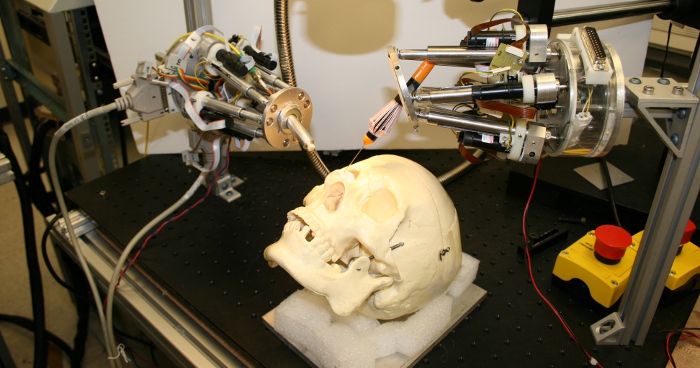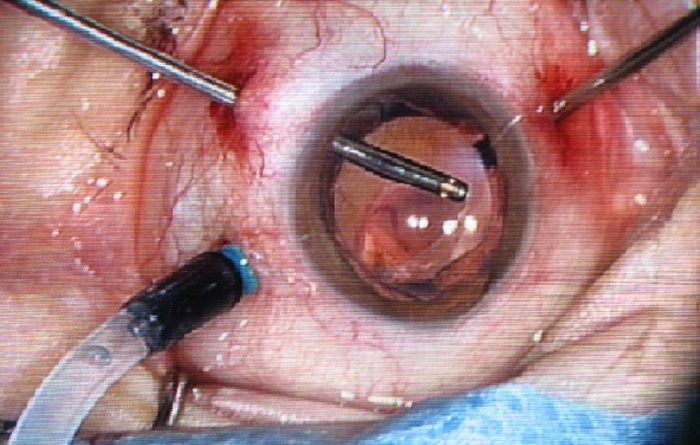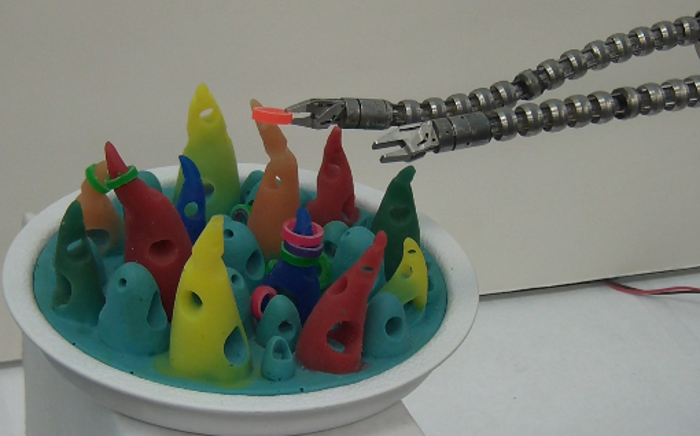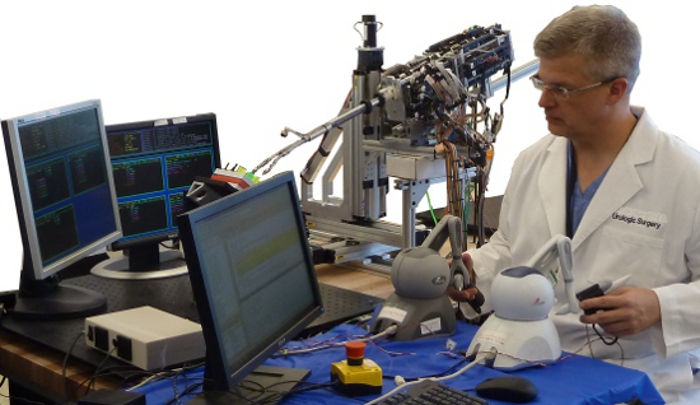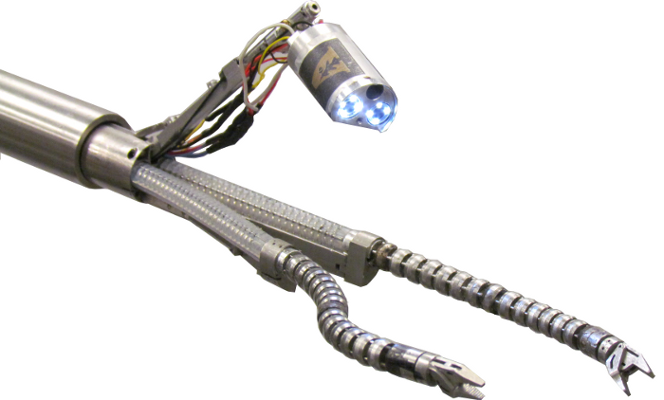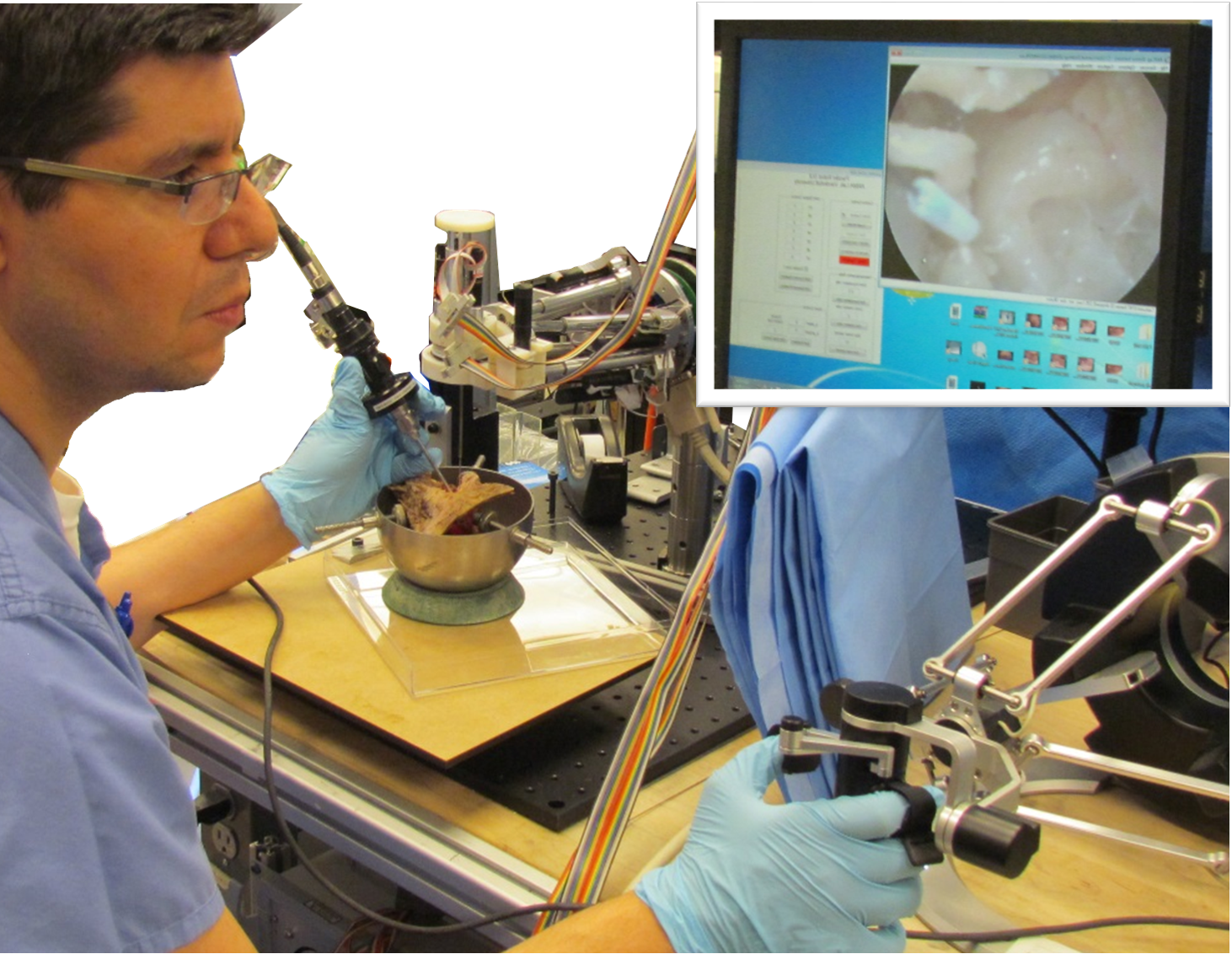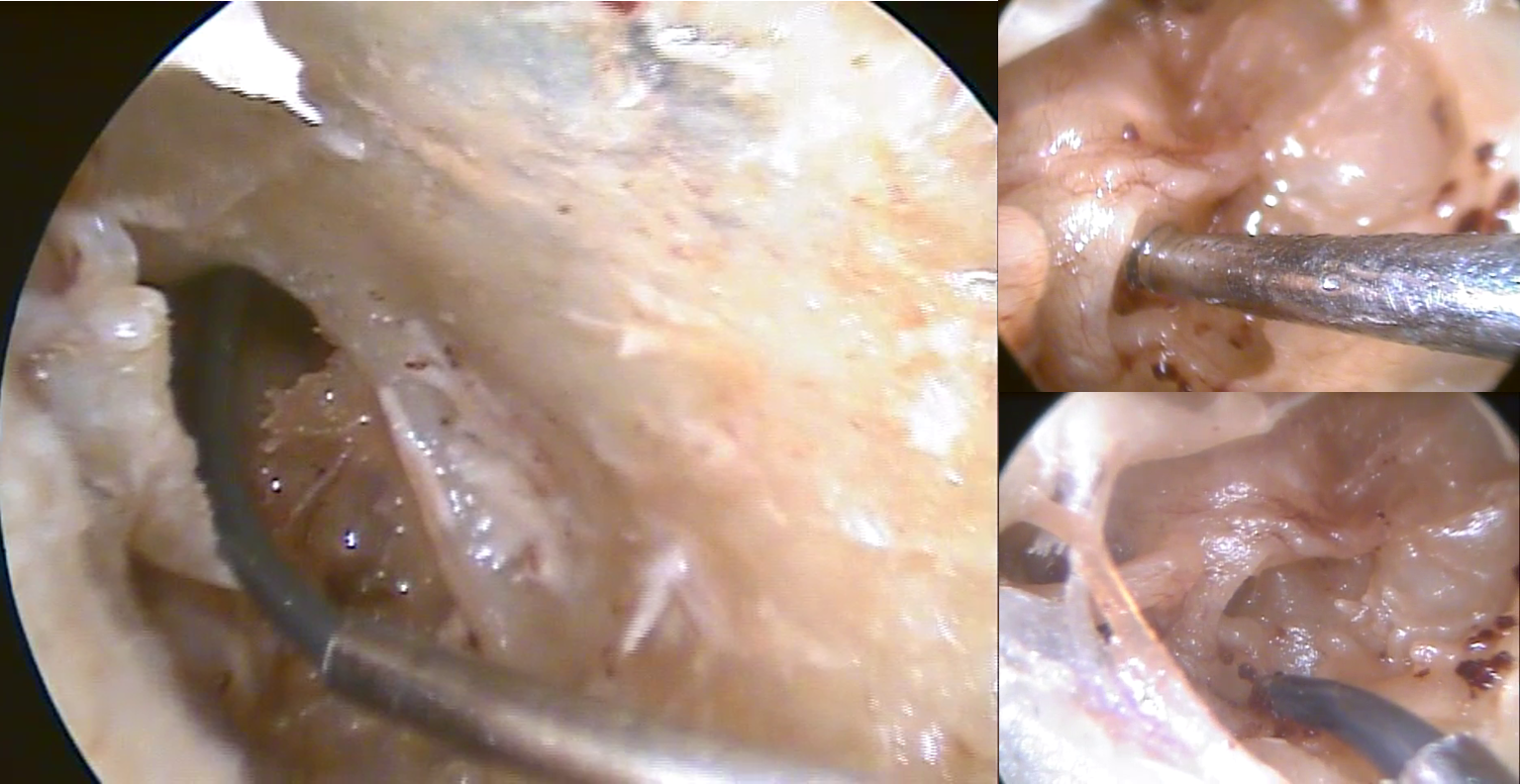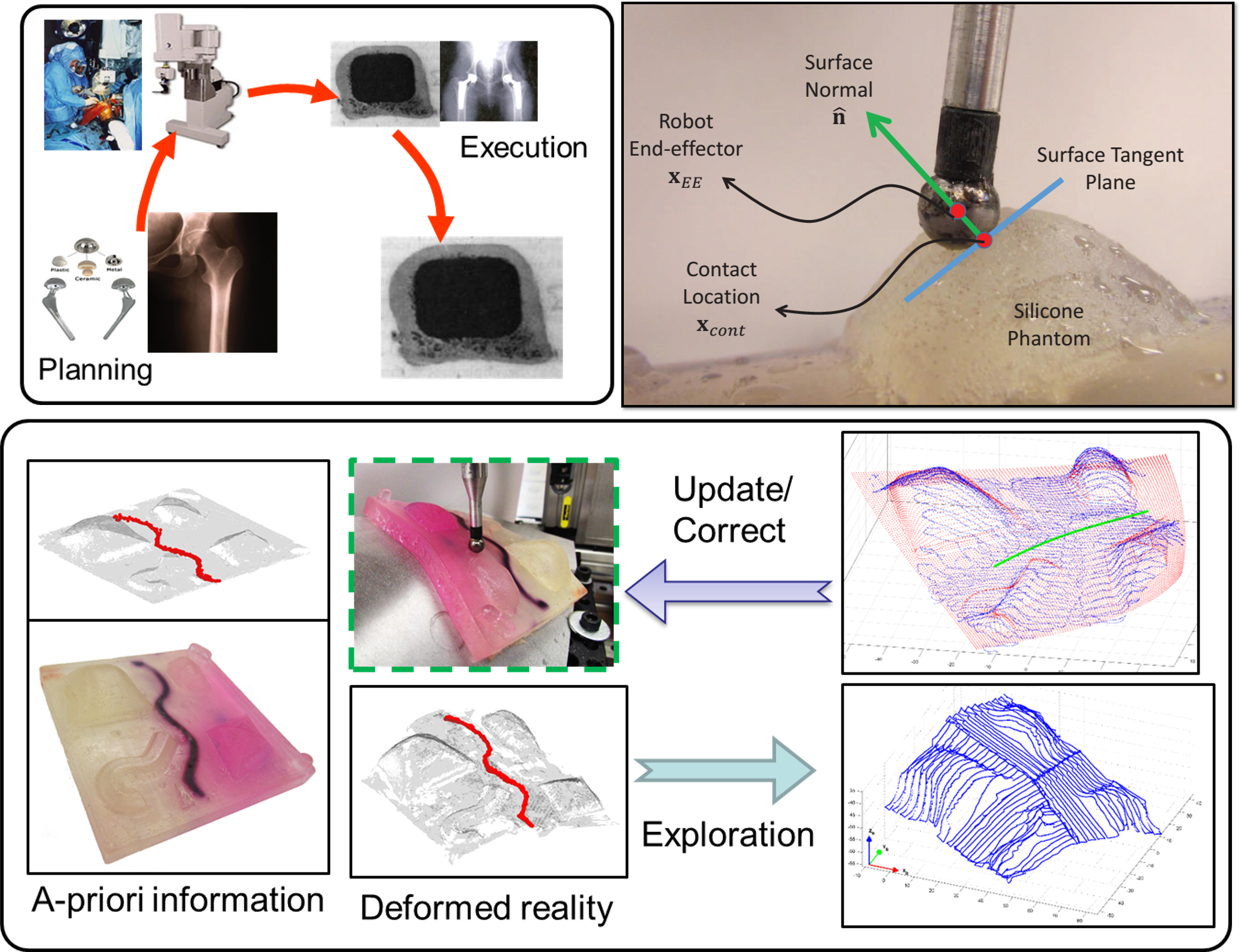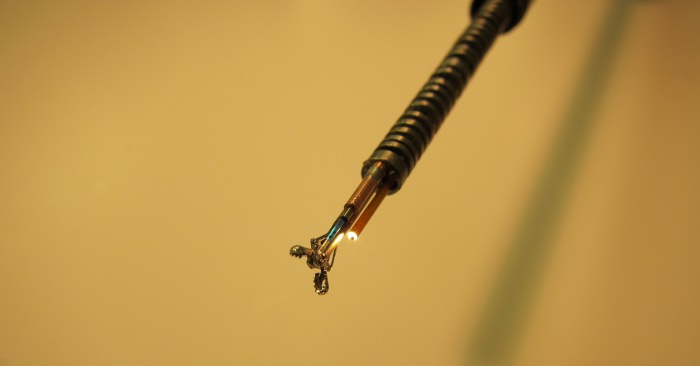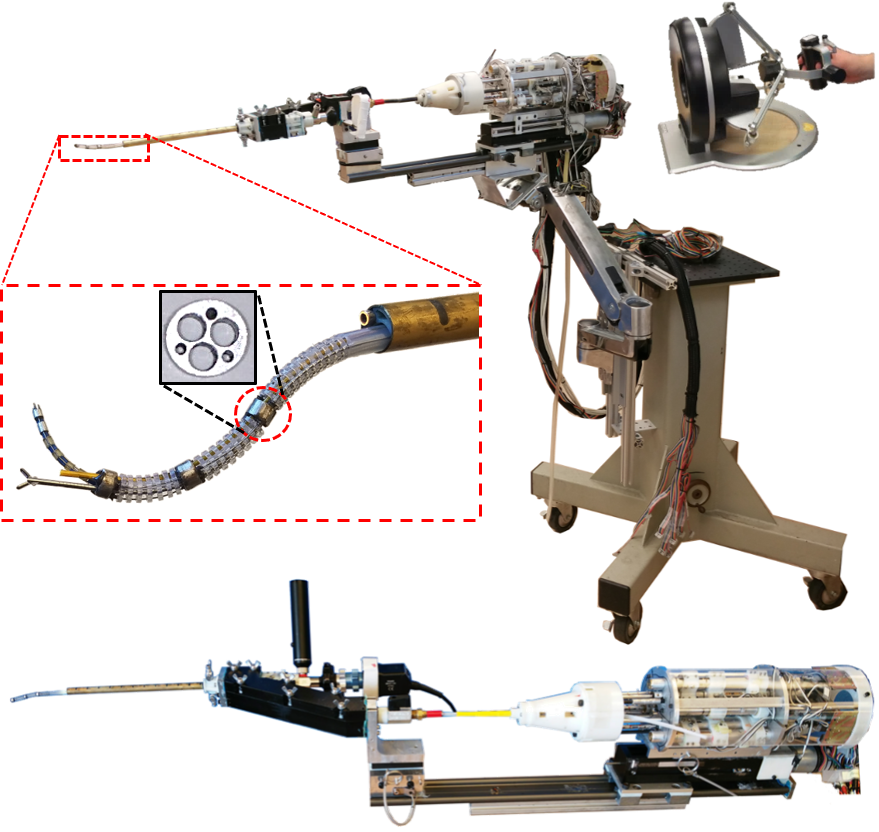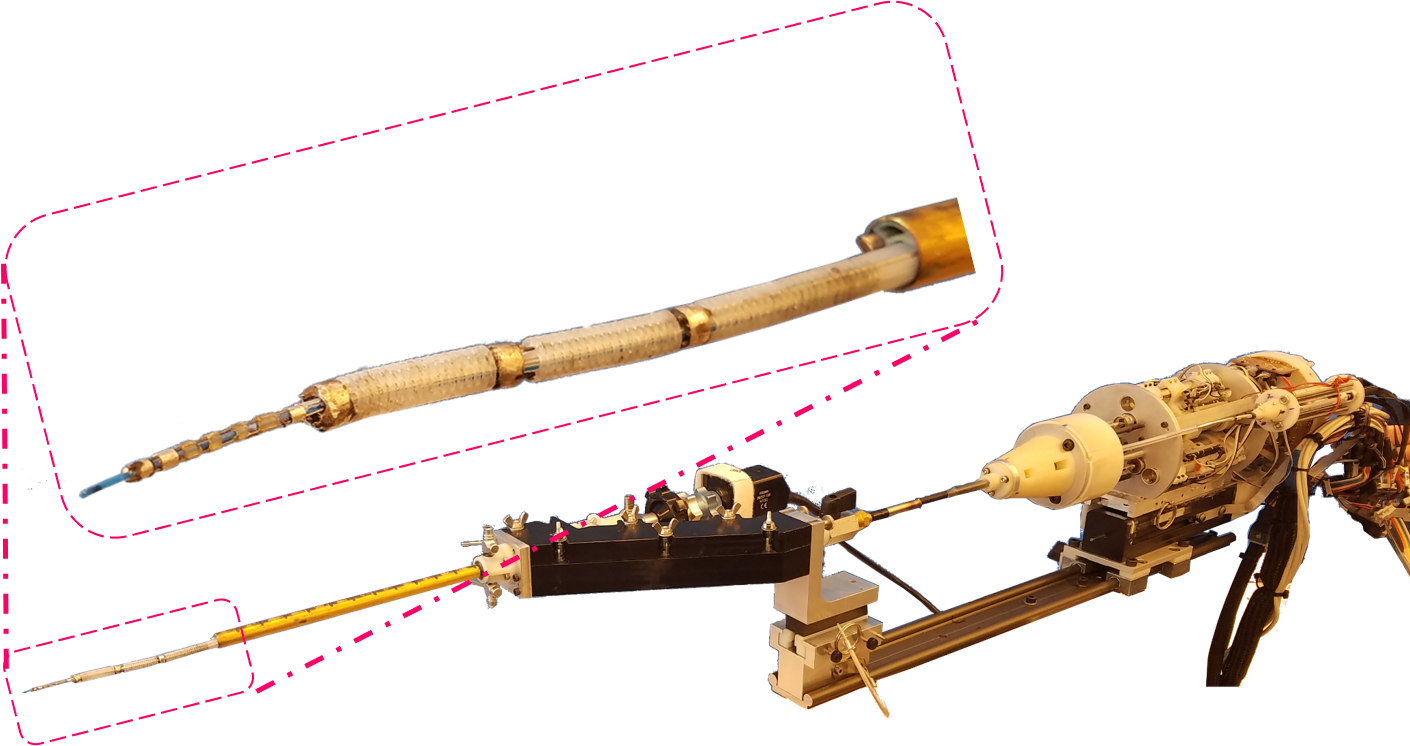Introduction:
This new course will cover these four major areas:
- Review of concepts from Introduction to Robotics ME4271/ME5271 including in-depth graduate-level analysis and examples of topics such as screws of motion, rotations and quaternions.
- Mathematical methods in robotics including singular value decomposition, generalized inverses, constrained optimization. These methods provide the necessary background for topics such as kinematic and force singularities of robots, stability of grasp, and coordinated motion of robots with many active joints (robots with kinematic redundancy).
- Metrics for robot performance measures and design analysis and optimization
- Modeling and kinematic control of robots with kinematic and actuation redundancies (robots with more joints than the minimal number necessary to achieve a motion task or robot with more actuators than the minimal number necessary to achieve static balance during a force interaction task)
- Calibration methods in robotics. This will include geometric and kinematic calibration, dynamic parameter identification, and hand-eye calibration for vision-guided robotics.
- Advanced interaction control: Hybrid force-motion control, impedance control, admittance control, potential field methods in robotics
- Introduction to visually-guided robot control
- Introduction to parallel robot manipulators.
Course requirements:
- 7 HW sets out of which best 6 are chosen
- 1 term project (here is a list of project topics offered in Spring 2015)
- 1 term presentation



